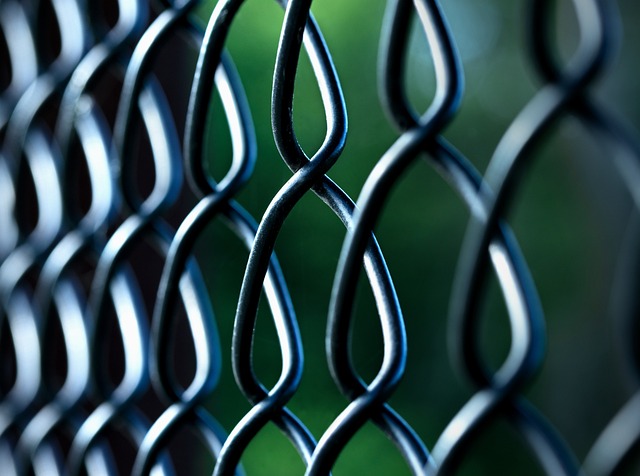In New Bedford, a sturdy fence is not just an addition to your property; it’s a shield against potential hazards and an investment in your home’s security. However, fences are susceptible to various forms of damage from harsh weather conditions and local environmental factors. Understanding common issues like rot, warping, or broken posts is the first step towards effective maintenance. This article guides you through choosing suitable fence materials for New Bedford’s unique climate, detailing the installation process, and offering essential tips for prolonging the lifespan of your new fence.
- Understanding Common Fence Damage in New Bedford
- Types of Fences Suitable for Local Conditions
- The Installation Process Step-by-Step
- Maintaining Your New Fence Effectively
Understanding Common Fence Damage in New Bedford
Fences in New Bedford, like anywhere else, are exposed to various elements and wear and tear over time. Common types of damage include rot, caused by moisture and lack of maintenance, especially in older wooden fences. Environmental factors such as salt air from nearby coasts can accelerate this process. Another frequent issue is broken or missing boards, often due to storms, animals, or carelessness.
Post holes can also become unstable over time, shifting due to ground movement or changes in weather conditions. This affects the entire fence structure and requires attention to ensure the safety and integrity of the barrier. Understanding these common problems is crucial for homeowners and property managers in New Bedford to effectively maintain and protect their fences.
Types of Fences Suitable for Local Conditions
When considering fence repair or installation in New Bedford, it’s crucial to select a type that aligns with the local climate and conditions. The region’s unique environmental factors play a significant role in determining the longevity and effectiveness of any fencing material. For instance, a robust wood fence might be an excellent choice for its aesthetic appeal and durability, but it requires regular maintenance to protect against moisture and insects prevalent in this area.
Alternatively, vinyl fences are popular due to their low-maintenance nature and ability to withstand harsh weather conditions. They offer a variety of styles suitable for both residential and commercial properties. For areas prone to strong winds and storms, a wind-resistant fence design is essential, ensuring structural integrity while minimizing damage risks.
The Installation Process Step-by-Step
The process of installing a new fence begins with a thorough site evaluation. Our experts assess the area, taking into account factors like existing structures, topography, and the type of fencing best suited to your needs. This step ensures the fence aligns perfectly with your property lines and integrates harmoniously with your surroundings.
Next, we prepare the ground by removing any obstructions and leveling the surface. This foundation is crucial for the longevity of the fence. Following this, we set posts at strategic locations, securing them deeply into the earth for stability. The chosen fencing material—be it wood, vinyl, or metal—is then meticulously attached to these posts, creating a robust barrier that stands strong against wear and tear.
Maintaining Your New Fence Effectively
Keeping your new fence in top condition is essential for its longevity and aesthetics. Regular cleaning and inspection are key; remove any debris, leaves, or branches that could obstruct the fence’s structure. Use a soft brush or sponge to clean the fence gently, avoiding harsh chemicals that may damage the material. Check for loose posts, rotten wood, or signs of wear, addressing these issues promptly to prevent further deterioration.
For wooden fences, applying a fresh coat of paint or sealant annually can protect against moisture and UV damage. Metal fences require regular washing to remove rust and corrosion. Ensure any repairs are done swiftly to maintain the fence’s structural integrity and aesthetic appeal.
